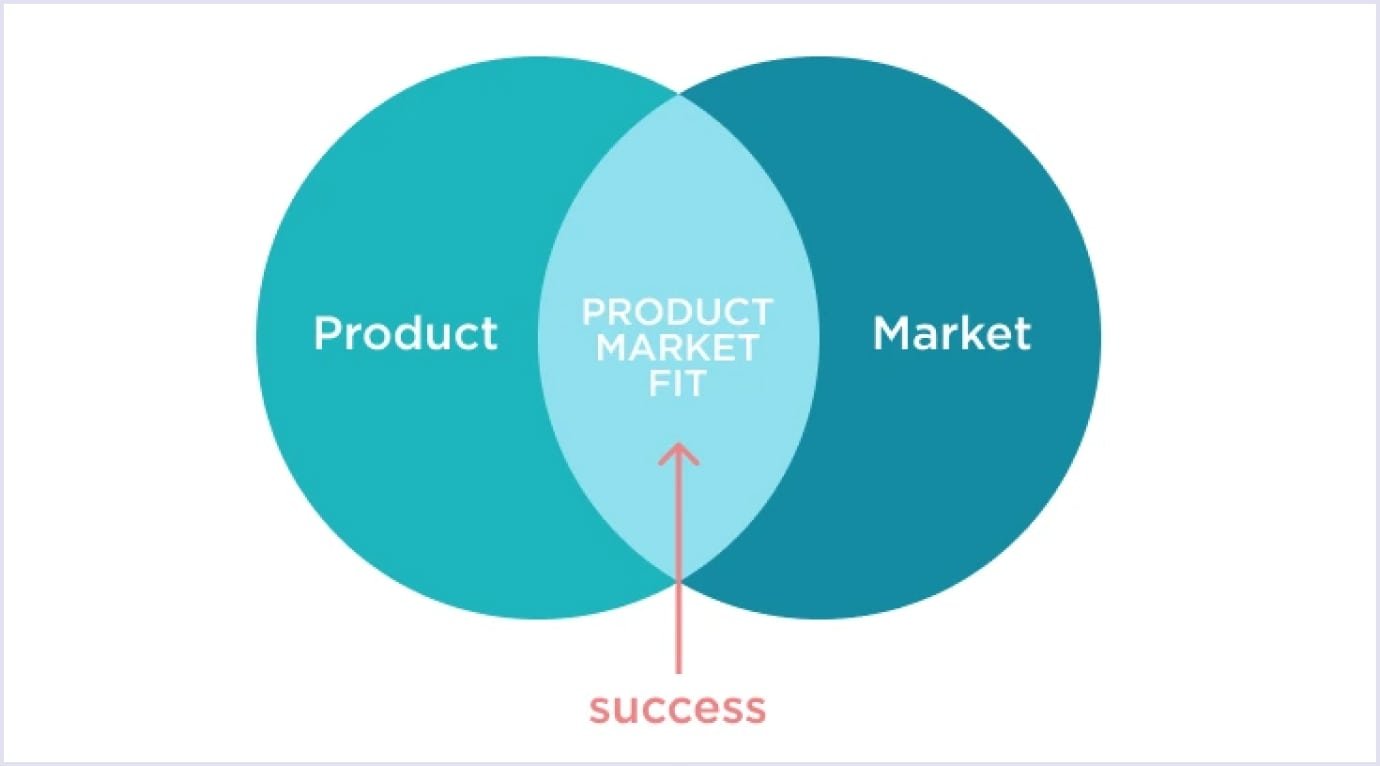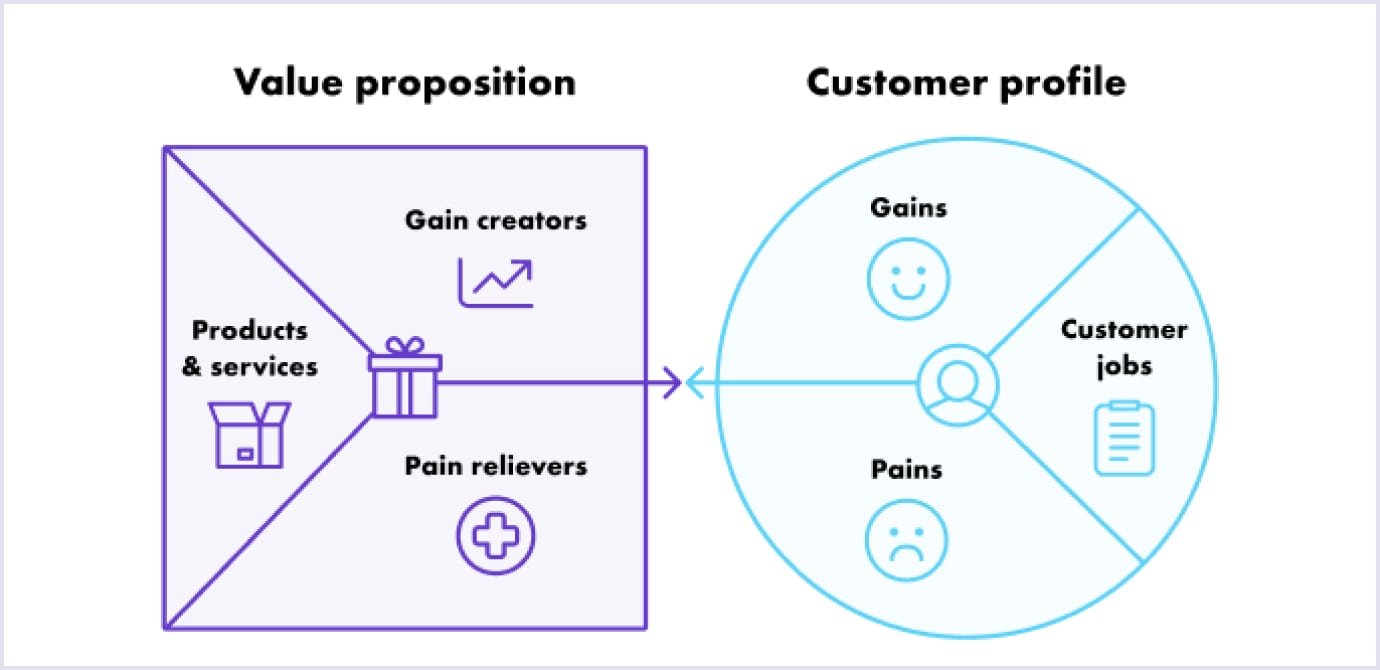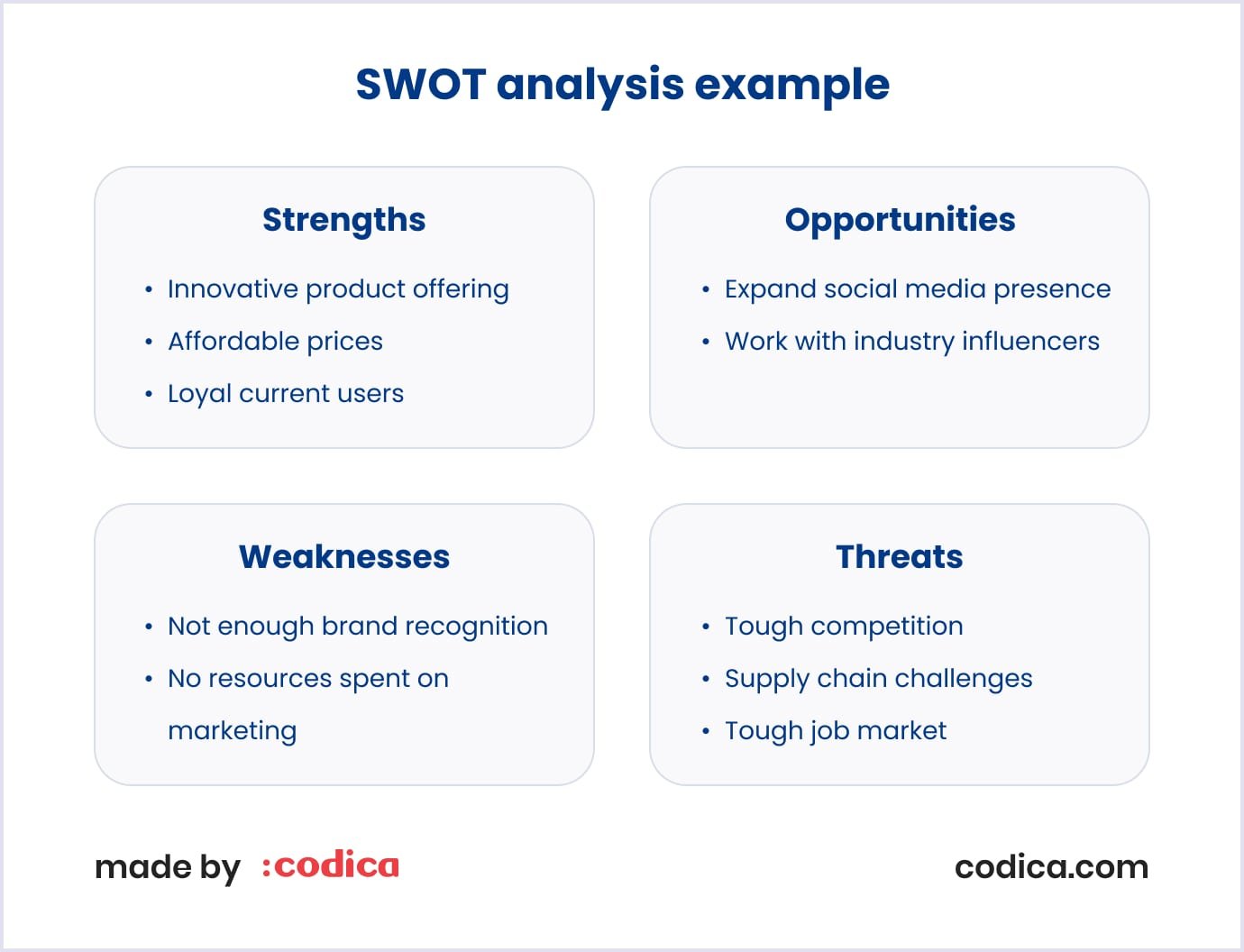Starting a business can be tempting, yet doing it without proper preparation is almost doomed to failure. Because such scenarios became so common, software development companies started offering special services that cover idea validation, testing, prototyping, and more.
Therefore, in this piece, we’ll overview the entire idea of the validation process based on marketplace development, which is our specialty at Codica. But first, let’s begin by outlining the importance of this process.
The importance of validating your marketplace idea
Validating a marketplace idea is a good start, and every marketplace development agency will tell you it’s a crucial step that can significantly influence the success of your platform. Without proper validation, you risk investing substantial time, money, and resources into a venture that may simply fail or not meet the needs of your users. So, why is this validation important after all?
1. Understanding market demand. Validation helps you see whether there is a real demand for the services or products your marketplace will offer. It ensures that you are not building a platform based on assumptions or hunches but on concrete evidence of market needs.
2. Identifying target audience. Through validation, you can identify and understand your users’ likings, behaviors, and issues they seek to solve. This information is precious for tailoring your marketplace to effectively meet their needs.
3. Evaluating competition. Validation allows you to analyze your competition and understand their strong sides and what their marketplaces lack. This insight can help you differentiate your marketplace and offer unique value propositions.
4. Financial prudence. By validating your idea, you can avoid unnecessary financial risks. It helps in allocating your budget more effectively and ensuring that you are investing in a venture with a higher probability of success.
Read also: How Much Does It Cost to Build a Marketplace Website in 2024
But what happens in case of failure? Negative consequences vary from case to case, yet some of them are quite common for all types of products in various niches:
1. Wasted time. Marketplace web development is a time-intensive process. If the idea is not validated, you may spend months or even years developing a platform that ultimately fails to attract users.
2. Financial loss. Along with time-wasting, developing and launching a marketplace also requires a significant financial investment. Without validation, you risk spending money on development, marketing, and operations without any return on investment. Needless to mention how pricey such operations are nowadays.
3. Resource misallocation. Resources such as manpower, technology, and infrastructure are critical to any startup. Misallocating these resources to an unvalidated idea can lead to inefficiencies and a loss of morale among both your internal team and your software development partner.
4. Opportunity cost. You might miss out on other viable opportunities by focusing on an unvalidated idea. The time and resources spent on a failing venture could have been better utilized to explore and develop other profitable ideas.
For now, that’s all just theory, however. Obviously, real-world examples can teach much better so that you won’t repeat their mistakes. So, what is that one illustratory example of a failed marketplace?
Let’s look at not unheard story of Homejoy. Initially, it was a platform that connected users with professional cleaners, allowing the former to find cleaning services easily.

Despite initially raising $38 million in funding, Homejoy shut down after just three years. The failure was attributed to multiple factors, including high customer acquisition costs and legal issues concerning worker classification.
In the aftermath, a significant reason was that Homejoy did not thoroughly validate the marketplace idea regarding long-term market demand and customer retention. The platform struggled to keep users returning, indicating a mismatch between the service offering and market needs.
Additionally, former employees noted a lack of engagement in debates about labor marketplaces. However, the suitability of the on-demand model for cleaning services is questioned due to the need for trained cleaners and the difficulty in maintaining quality.
Despite Homejoy's closure, other services like Handy and TaskRabbit may continue their work. Tech giants like Google and Amazon could enter this market, but the introduction of a new worker classification to address market changes may take years, leaving many startups in uncertainty.

What to validate
Marketplace idea validation itself is a broad term, don’t you think? In general, it encompasses dozens of aspects you should think about and refine. Narrowing them down to single aspects so that you get a better understanding won’t hurt.
When validating your marketplace idea, it's crucial to focus on three key areas: the user/product, the market, and the business model. Let’s tackle them one by one.
The user/product
Validating this aspect determines if there is a genuine demand for the product or service you’re delivering. For instance, such a way to validate the marketplace idea helps you see whether there’s a demand for your idea. This involves identifying and understanding the problems your potential users face and evaluating whether your solution effectively addresses those problems.
The market
Next, analyze the market landscape. Identify the existing businesses that will be your potential competitors, assess the market size, and explore entry strategies. Your goal is to achieve product-market fit (which will be covered later on), where your solution aligns with market needs, leading to user adoption and satisfaction. This alignment is essential for success.
The business model
Finally, establish how your marketplace will generate revenue at all. This involves developing a sustainable business model that outlines your pricing strategy, revenue streams, and profitability potential.
After all, the user/product, the market and the business model are three pillars forming a successful marketplace business. All three should be thoroughly validated to ensure your marketplace idea is viable and has potential to grow revenue.
Understanding product-market fit
Before we move on, let’s stop for a minute on the product-market fit mentioned earlier in this piece.
Product-market fit is the point at which your marketplace’s offerings align perfectly with the demands of the market. Essentially, it’s when:
- Users find value. Your target customers find your marketplace indispensable and are willing to pay for your services or products.
- Market demand is evident. There is a clear and growing demand for your marketplace, reflected in customer acquisition and retention rates.
- Sustainable growth. Your marketplace experiences organic growth through word-of-mouth, repeat customers, and low churn rates.
Achieving product-market fit means that your marketplace is not only solving a real problem but also doing so in a way that resonates with a broad audience. So, how do you achieve it?

First, you will need to understand your target market. As mentioned earlier, this helps you align marketplace portal development efforts with the actual needs of your future users. But, before creating a full-fledged product, make it easier for yourself with MVP development services.
Marketplace MVP development is a great step towards success. It is a minimalistic version of your marketplace with only the core features necessary to solve your target audience’s primary problems. This allows you to enliven your idea without investing much time and money and gather vital feedback.
Next, collect and analyze feedback, which can pave the way for growth. MVPs are usually launched to a small group of early adopters who work with the platform and submit their feedback. Thus, pay attention to their experiences, suggestions, and complaints. They can help you see what works best and what needs revision.
Once you have enough feedback, start iterating and improving your marketplace. This is a standard process for the online marketplace development services we provide, for instance. This could involve tweaking features, improving user experience, or addressing any issues that users have identified. The ultimate goal is to improve your marketplace to the point where it fulfills the needs of your target market.
Iterating and improving a product during marketplace web development is an ongoing process during which you should also measure key metrics. Track key performance indicators (KPIs) that reflect user satisfaction and engagement, such as user retention rate, customer acquisition cost, and lifetime value. These metrics will help you gauge whether you are moving closer to product-market fit.
Once all is done, scale your marketplace gradually, which is basically a growth you should be aiming at. With a version of your marketplace that meets user needs and shows signs of product-market fit, begin by expanding your marketing, increasing your user base, and continuing to collect feedback to ensure you maintain product-market fit as you grow.
Validating your assumptions
Essentially, all ideas are based on assumptions before validation comes into the picture. Assumptions underpin your entire business model, and validating them helps you avoid costly mistakes and build a product that truly meets market needs. Here are a few handy steps to organize and check your assumptions.
Identify and write down your assumptions. Start by listing all the assumptions you collected considering the marketplace idea. These could include assumptions about your target users, market demand, competitive landscape, and business model.
Brainstorm using the business model canvas. The business model canvas is a potent instrument for mapping out and brainstorming your business assumptions. It covers key areas such as value propositions, customer segments, channels, monetization tactics, revenue streams, and more, helping you visualize and organize your assumptions.
Prioritize assumptions. Not all assumptions carry the same level of risk and value. Prioritize them based on their impact on your business and the level of uncertainty. Focus on validating the most critical assumptions first.
Develop hypotheses. For each assumption, create a Customer-Problem-Solution hypothesis. This involves:
- Identifying the target customer;
- Defining the problem the customer faces;
- Proposing your solution to the problem.
Design experiments. Plan and execute experiments to test your hypotheses. These experiments could include surveys, interviews, landing page tests, or MVP launches. The ultimate goal is to collect data that can support or simply destroy your assumptions.

Tools for validating assumptions
Apart from business model canvas being a popular choice, other tools can also be effective for validating marketplace assumptions.
The lean canvas is a variation of the business model canvas that was covered earlier. It best suits startups and focuses more on problem-solving fit and key metrics.

Value proposition canvas. A tool to ensure that your product or service meets customer needs and generates value for them.

SWOT analysis. The last of the three, SWOT, is a framework consisting of strengths, weaknesses, opportunities, and threats. Following the name, it is created to identify these four aspects of your marketplace idea.

Bottom line
Each superior software product begins with an idea. But, almost no product has become successful without validating their idea first. Avoiding to validate marketplace idea is an all-in play. On the one hand, if you’re lucky, you can skip the meticulous testing process and start earning money right after marketplace portal development and deployment.
On the other hand, you can spend tons of resources on development, testing, and marketing to find out that nobody needs a marketplace you created. If this scenario isn’t frustrating enough, remember that marketplaces are huge structures and typically require lots of resources to design, create, test, deploy, and advertise them.
After all, we sincerely hope you won’t find yourself in the second scenario, risking everything to create a product with a vague idea. On the contrary, feel free to contact us, as at Codica, we specialize in creating marketplaces along with everything connected to them. Besides, checking our portfolio and our blog can also provide an accurate representation of what we’re capable of and what you can expect if you’re planning on partnering with us.
